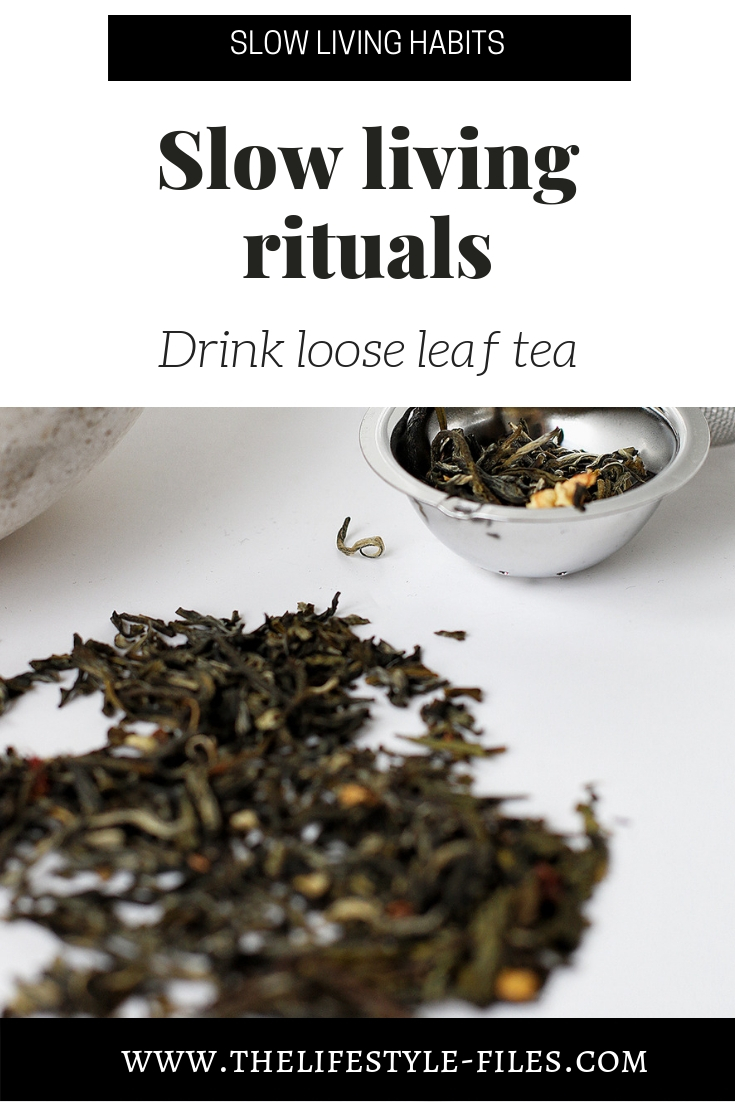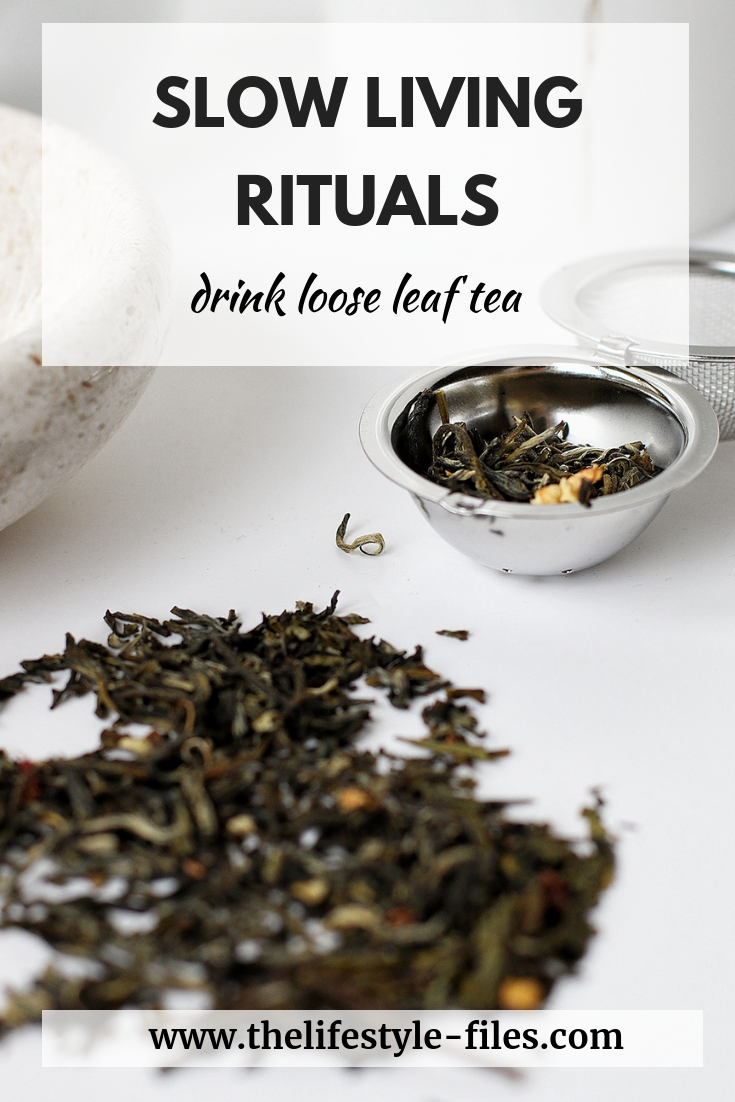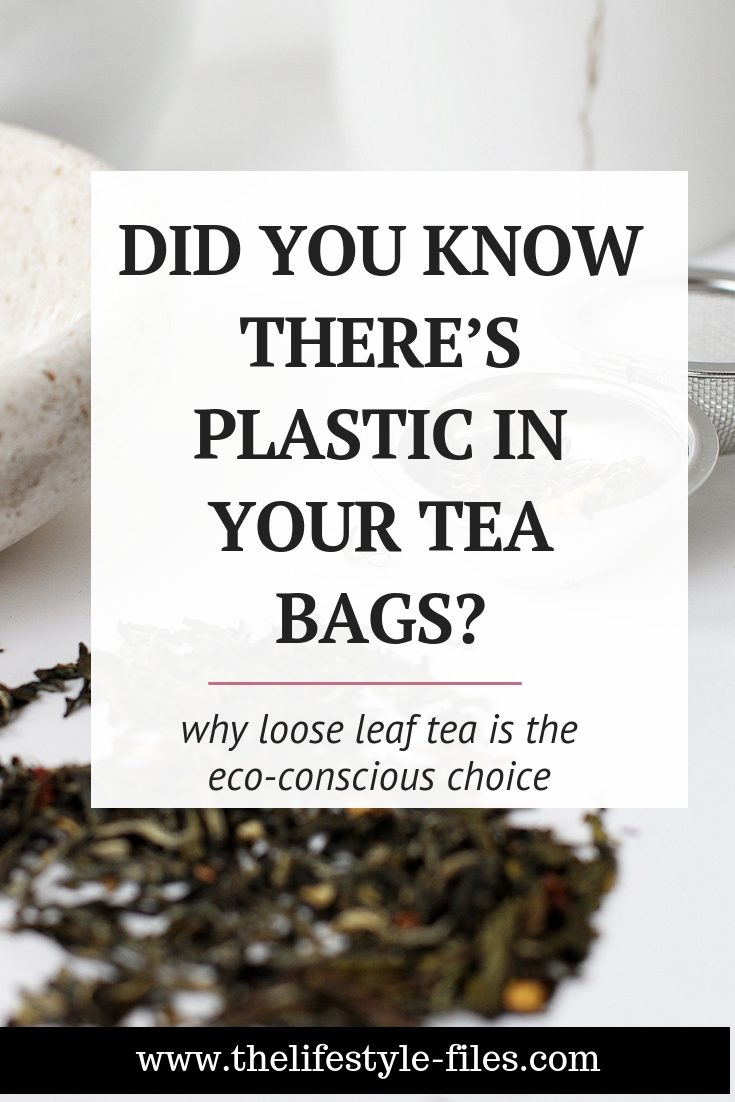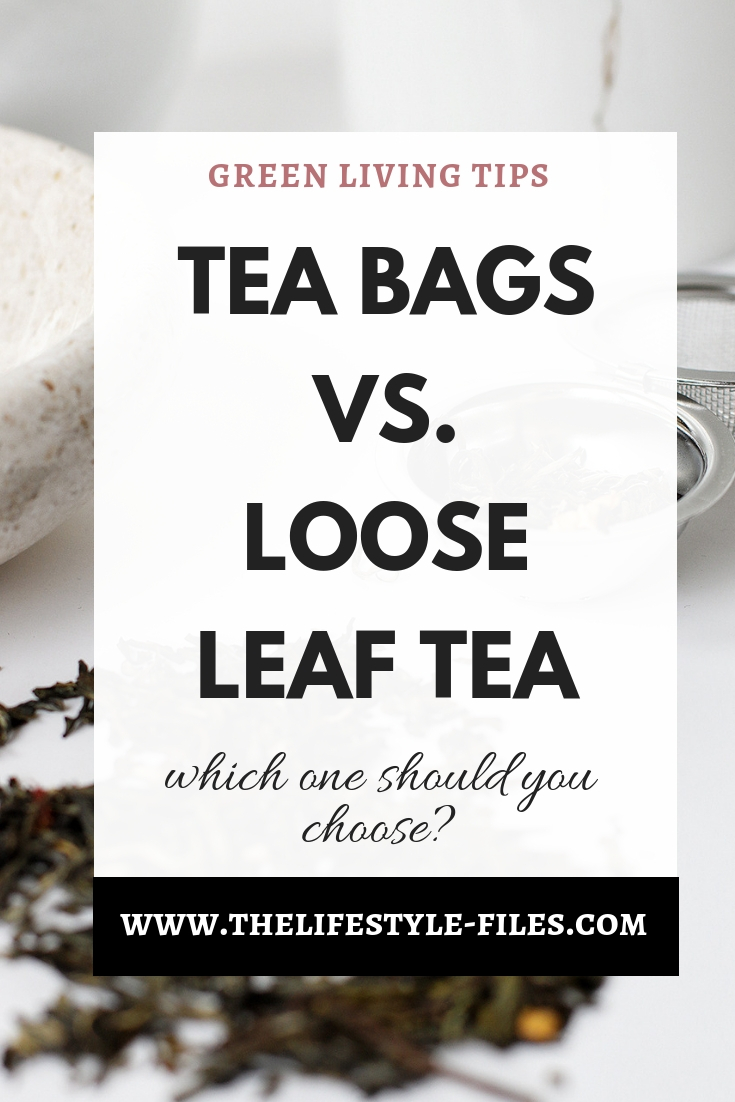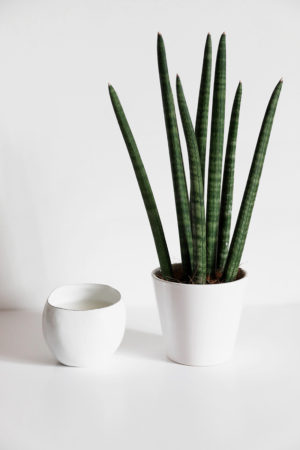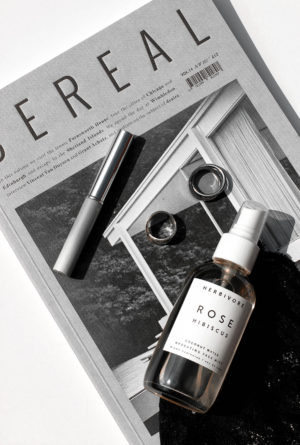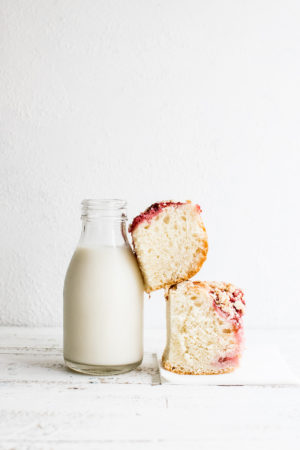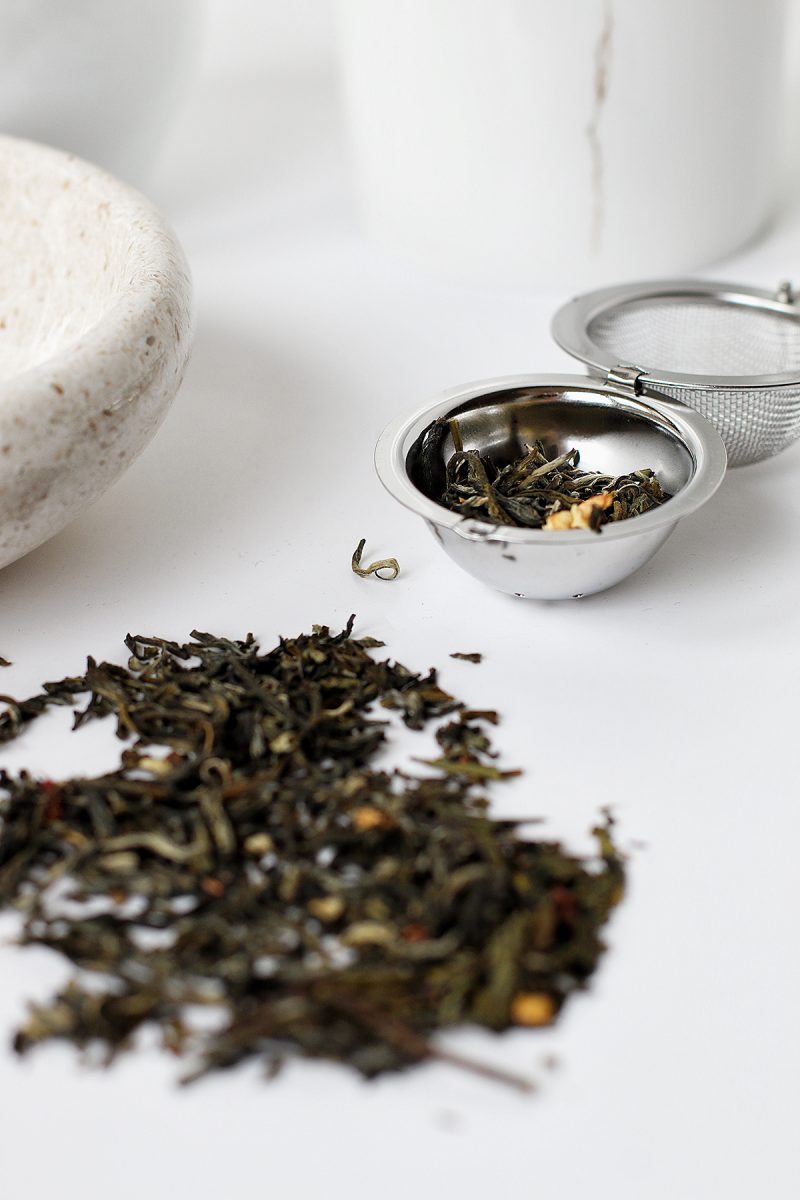 I may be a self-admitted coffee addict, but tea still plays an important role in my life. So much so that I elevated tea drinking into a quasi-daily self-care ritual. You can read all about it in this post. (Seriously, it’s such a good excuse to just stop and slow down for a moment.)
I may be a self-admitted coffee addict, but tea still plays an important role in my life. So much so that I elevated tea drinking into a quasi-daily self-care ritual. You can read all about it in this post. (Seriously, it’s such a good excuse to just stop and slow down for a moment.)
I’m definitely not alone with my tea obsession, in fact, tea is the second most consumed beverage in the world after water. While Asian markets prefer traditional loose leaf consumption, Europe and the US still mostly go for tea bags.
When it comes tea selection, I’m firmly in the loose leaf tea camp. I’m not saying there aren’t good tea bag options at all, but I’d still like to make a case for using loose leaf tea more often.
Is loose leaf tea better quality?
Tea quality depends on a lot of different factors, so it’d be a stretch to say that loose leaf tea is always better than tea bags. It’s always worth examining the different brands, the country/region of origin, the ingredients (pure tea or added flavoring), and the tea leaves itself before committing to a particular type.
I don’t want to fall into the trap of broad generalizations, so I’ll only say that most (but not all) loose leaf teas are probably of better quality. Loose leaf tea is primarily made up of unbroken, full tea leaves, while a lot of tea bags are full of low-grade tea, like fanning or dust, which have lost a lot of their essential oils and thus flavor. Tea infusion is also better when the leaves are bigger as they have a larger surface.
Tea leaves absorb water and expand in size as they infuse, this is how flavor and minerals are extracted. Tea bags, especially those smaller ones, limit this movement and result in a blander beverage. Some tea brands offer larger, often pyramid-shaped tea bags for exactly this reason. Whenever I can, I’ll always select loose leaf over tea bags, but if you’d like to stick with tea bags, keep in mind that a larger bag and visibly larger leaves indicate better quality.
It may seem unnecessary to go into this much detail regarding the anatomy of tea and the process of infusion (hope I haven’t bored you to death), but for me, one of the central tenets of smart, intentional living is being informed as much as we can. This way we can make smart decisions and prevent companies from taking advantage of us.
Environmental concerns – loose leaf tea vs. traditional teabags
There are two main environmental factors to consider when it comes to tea. The first is waste. No matter what material tea bags are made of, they’ll always be the more wasteful option. They are individually packaged, single-use, and usually go straight into the trash. Loose leaf tea can be composted (some tea bags can be as well, but not all of them).
The second thing to pay attention to is the tea bag itself. For a long time, even though most people were not aware of it, tea bags almost always contained plastic. We’re talking about small amounts, but when you think about how many millions of people drink tea every day, the end number will be huge. The plastic used in tea bags is called polypropylene, and is often used in heat sealing methods in teabag production (Read more: Is there plastic in your tea?). Traditional round and pillow tea bags definitely use this method. Silken bags are usually either made of nylon (thus plastic) or plant-based plastic (like made of cornstarch). Bioplastic may or may not be biodegradable, it depends on the exact material.
As a result of widespread protest and petitions, some brands promised to phase out plastic in their tea bags and find more sustainable, biodegradable solutions, but this is still not the universal norm. If you’re interested in what tea companies are doing to make their products more sustainable and which ones are the plastic-free options, check out this guide.
Loose tea also requires less processing, production, and can be reused for several cups (though the flavor can decrease somewhat). All of these factors definitely make loose leaf tree the more sustainable option.
Are you a tea drinker? If yes, what’s your choice: loose leaf tea or tea bags?

